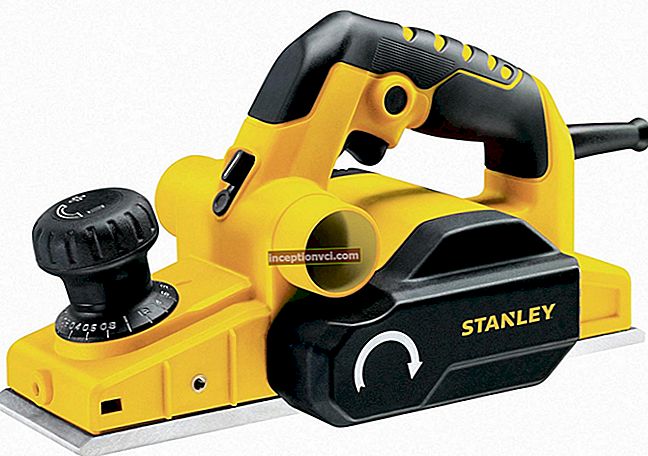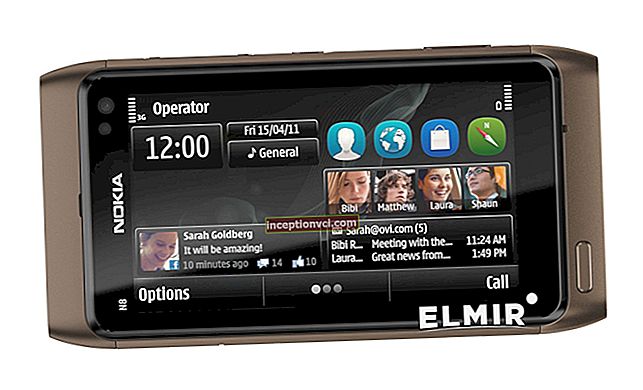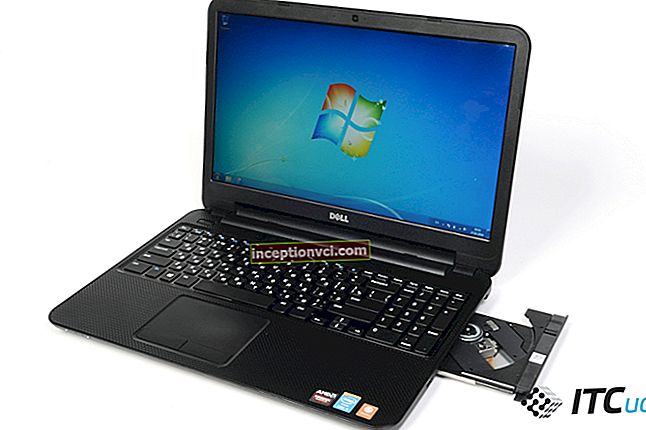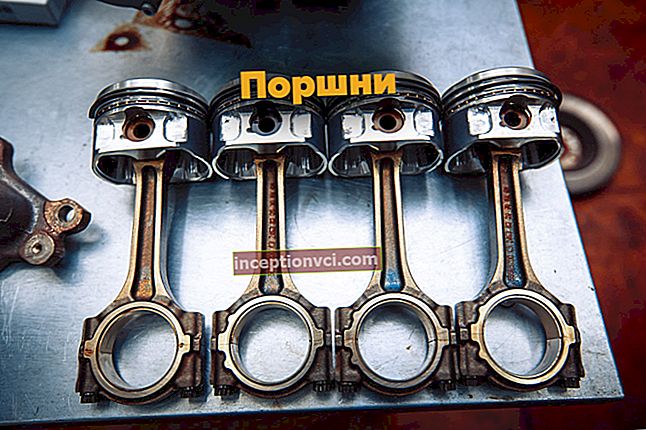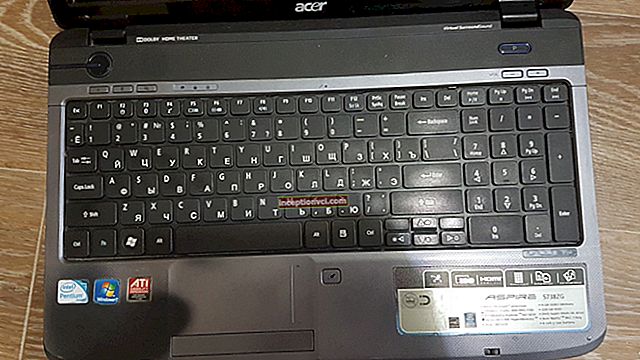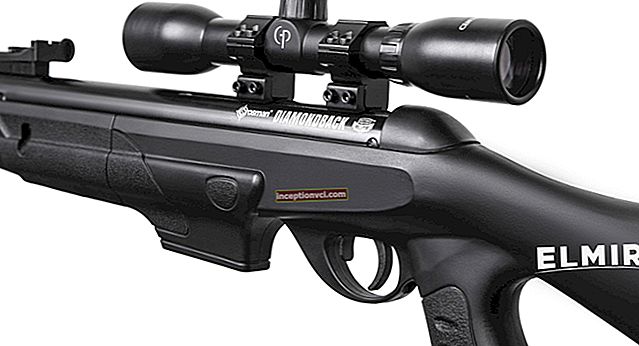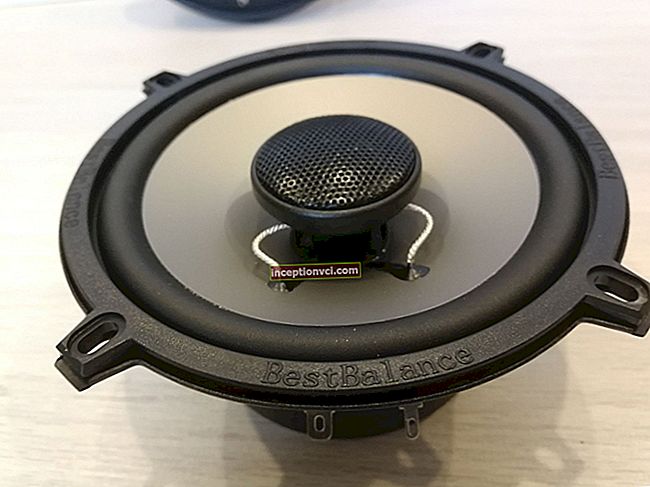*** PRODUCTS BLOCK (Wrist heart rate monitors) *** The heart rate monitor is an indispensable tool in the knowledgeable hands. You can control the time, speed, heart rate and results of your workouts in two types of gadgets - with an external or built-in sensor.
Models with an external meter differ in the mounting feature:
- On the earlobe... The information is displayed on the display of the device, which is convenient to store in your pocket.
- Pros - lightweight and compact. Doesn't interfere with training;
- Cons - squeezes the lobe or falls off the ear. In frosty weather, it displays inaccurate data;
- On the finger... Fastened like a clothespin or in the form of a glove (the sensor is attached to the finger). Determines the heart rate based on the pulsation of blood.
- Pros - as you get used to it, it is not felt on the hand;
- Cons - if the fingers are frozen, the readings will be inaccurate;
- Heart rate headphones with an in-ear heart rate monitor. Optimized for running.
- Pros - you can combine business with pleasure: listen to music and monitor your pulse.
- Cons - they make it difficult to focus on the result. Among professional athletes, they did not "take root".
- Chest strap... Attaches to the chest with an elastic strap under clothing.

- Pros - one of the most accurate gauges in any weather. It is chosen by professionals for their workouts;
- Cons - It takes time to get used to it. Does not "make friends" with profuse sweat. A wet back and chest weaken contact with the strap, it slips off.
Devices with a built-in meter come in several varieties:
- watch or fitness bracelet,
- heart rate monitor ring.

They are comfortable to use because the sensor is located on the inside of the heart rate monitor to be close to your body. But relying on accuracy isn't always worth it. When it's cold or the device dangles on the wrist, it often lies.
Output
When choosing the ideal meter, you need to rely not on a specific type of sensor, but on the quality of a specific model. If the developers provide for all the "pitfalls", then the accuracy of the gadget will be at its best.
Which heart rate monitor should you choose - analog or digital?
*** PRODUCTS BLOCK (Heart rate monitors with chest strap sensor) *** By signal transmission, heart rate monitors are divided into two types:
- Analog - connects to simulators and smartphones. But it gives out an unencrypted message. Therefore, during group training, it often reads data from other people's heart rate monitors. And "glitchy", being near high-voltage power lines.
- Digital - the simulators are not a "comrade". But it is not afraid of interference and broadcasts more accurate indicators.
How to buy a heart rate monitor for training, depending on the sport
For the effectiveness of training in "your" sport, choose a heart rate tracker with specific functionality.
- Cyclists should pay attention to the bicycle computer heart rate monitors, which are installed on the handlebars. They are equipped with cadence, speed / distance and GPS sensors. You will be able to observe indicators of cadence, distance traveled, etc.
- Runners and fitness enthusiasts will appreciate the calorie counter, wrist-based models with lap times, average and best performance monitoring. And the gps-sensor will track your speed, the elevation of the track and will serve as a navigation "beacon" of the route.

- For swimmers, an important convention is the waterproofness of the heart rate monitor. The device must withstand a submersion depth of 10 to 50 meters.
Tips: How to Calculate the Ideal Heart Rate for Fat Burning?
By controlling the data, you will always be aware of your performance.At the same time, you will motivate yourself to jerk for new records.
Learn more about the heart rate monitor features in this video.

